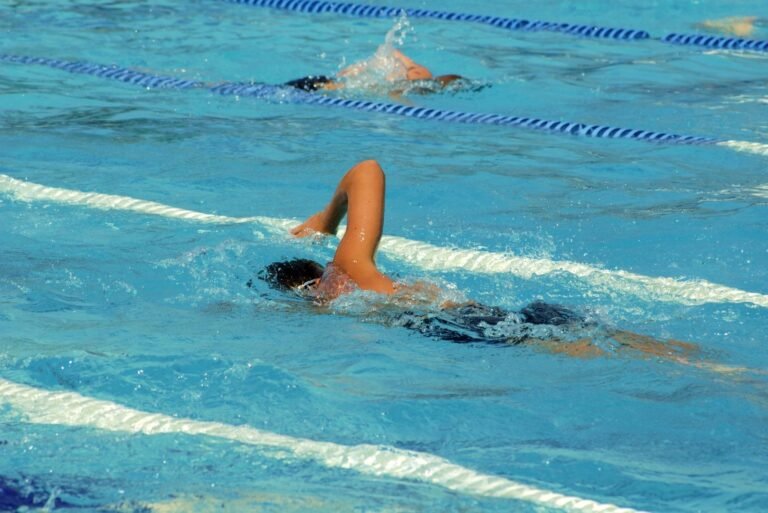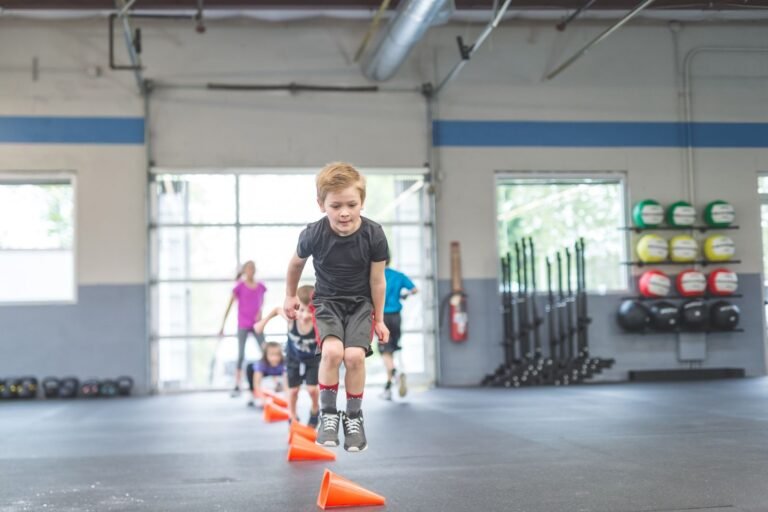Early specialization—where youngsters concentrate especially on one activity from a young age—is becoming more and more common in the competitive sports scene of today. Although this method seeks to build focused skill, studies show that playing multiple sports provides more complete advantages for children’s social, psychological, and physical growth. In this article, we will cover the benefits of multisport involvement as well as the reasons why this route might be the best one for young athletes.

1. Development of Diverse Motor Skills
Children that play different sports come across a broad spectrum of movement patterns, abilities, and approaches. Every sport has particular difficulties that call for varied physical qualities and mental capacity. Children that participate in several activities acquire a wider range of motor abilities, coordination, agility, and balance, therefore strengthening their basis for general athleticism.

2. Prevention of Overuse Injuries
Early age specialization in one sport raises a risk of overuse injuries from repeated stress on particular muscles and joints. Children who engage in several sports distribute physical stress more fairly across their bodies, therefore lowering their risk of overuse injuries and encouraging long-term physical health and well-being.

3. Enhanced Mental Toughness and Problem-Solving Skills
Children who deal with the demands of various sports develop mental toughness, resilience, and problem-solving skills. Multisport involvement develops confidence, endurance, and the ability to adapt to changing conditions—a great advantage in sports and in life— and this comes regardless of the challenge, whether it is facing a tough opponent, overcoming a setback, or strategic planning during a game.

4. Reduced Burnout and Increased Long-Term Engagement
Early on specializing in one sport could cause burnout, exhaustion, and a total lack of interest in sports. Multisport involvement, on the other hand, offers diversity, novelty, and chances for fresh experiences, therefore keeping youngsters interested and excited about physical exercise. Children who keep a good balance across sports are more likely to keep participating in the athletic life over the long run.

5. Exposure to Different Coaching Styles and Team Dynamics
Every sport has its own team dynamics, coaching strategies, and competitive settings. Children who engage in several sports have the chance to work with several coaches, encounter several coaching techniques, and adjust to different team dynamics. On and off the field, perseverance, adaptability, and strong communication abilities developed by this experience are priceless traits.

6. Development of Diverse Skills
Children that play several sports expose themselves to a range of movement patterns, abilities, and approaches. Every sport presents various obstacles requiring varied physical skills and cognitive capacity. Children that participate in different activities acquire a wider spectrum of motor abilities, coordination, agility, and balance, therefore strengthening their basis for general athleticism.

7. Building Social Skills and Expanding Peer Networks
Engaging in several sports makes kids engage with different sets of peers, so helping them to acquire vital social skills. Every sport exposes children to unique team settings that foster cooperation, communication, and group exercises. These contacts enable kids grow in their social circles and pick skills in developing relationships in several settings. Their capacity to interact effectively with others is improved by this variety of social encounters, which also helps with emotional intelligence—a necessary quality for both personal and professional success later in life.

8. Encouraging a Lifelong Love for Physical Activity
Children that participate in several sports during their early years have more likelihood of discovering activities they actually appreciate. Through experimenting with several sports, children can discover their preferences and strengths, and this makes them more likely to keep participating in sports or physical activities as adults. Promoting multisport involvement guarantees that kids see physical exercise as a fun and healthy hobby instead of an enforced duty or necessity.
Conclusion
Although in some cases specialization may have significant advantages, the huge benefits that youngsters get from multisport involvement cannot be denied. Children who participate in several sports gain a variety of skills, lower their risk of overuse injuries, build resilience and adaptation, and maintain long-term physical activity involvement. In the end, children who strike a balance between specialization and multisport involvement can enjoy the whole range of advantages sports have to offer, therefore preparing them for success both on and off the field.






